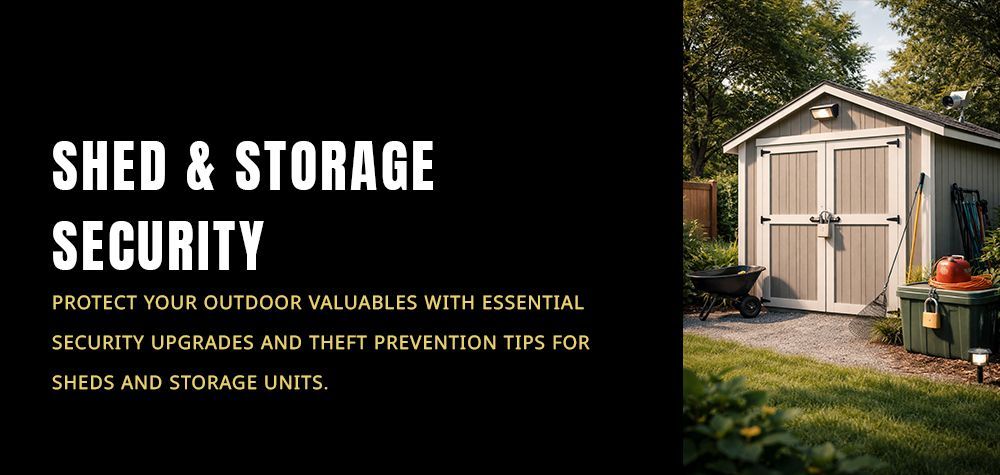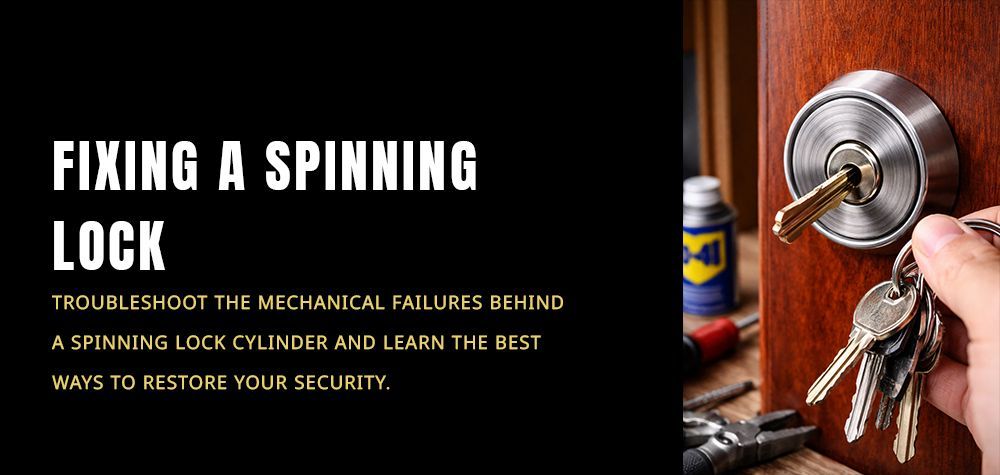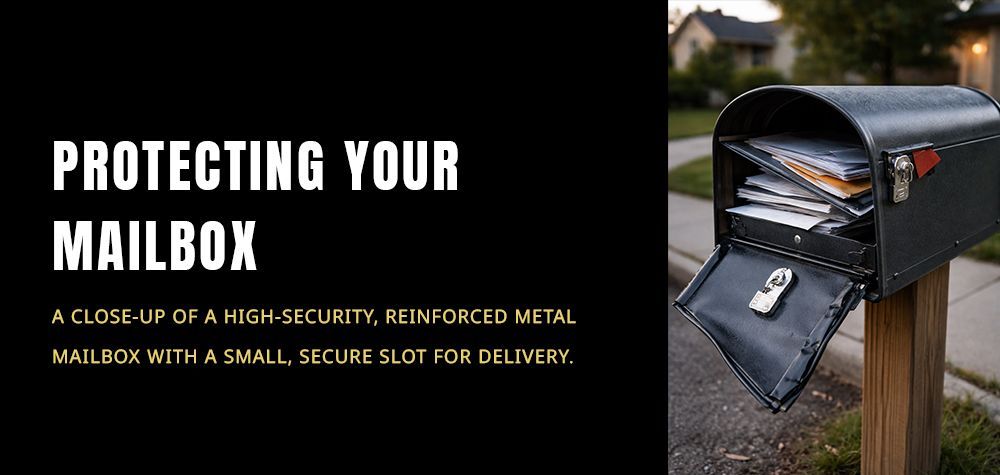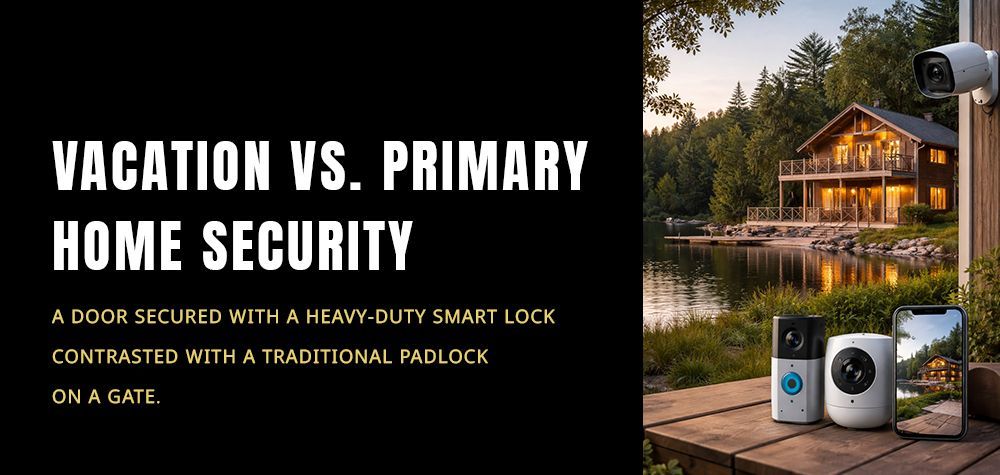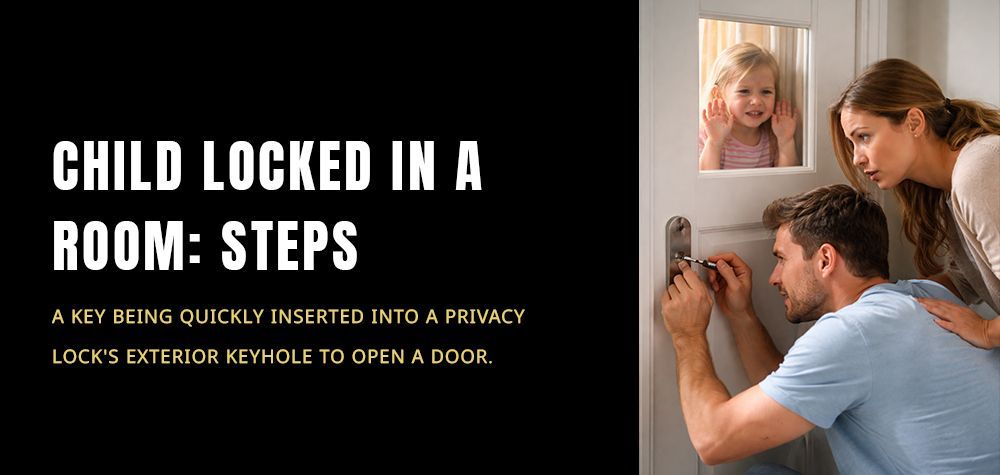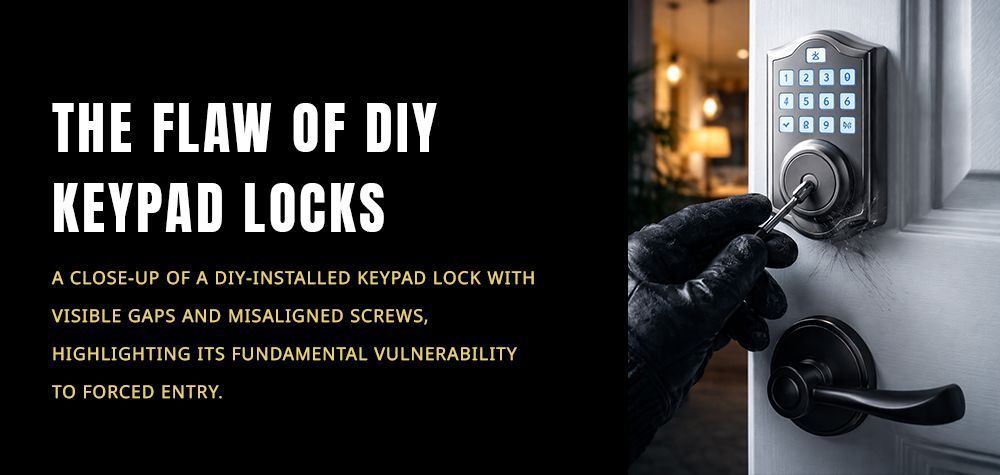Why Commercial Panic Bars Are Required by Code
If you own or manage a commercial property, you’ve probably heard about panic bars (also known as crash bars, exit devices, or push bars). They’re the horizontal push mechanisms you see on the inside of many public exit doors — and they’re not just a “nice-to-have” safety feature.
In most cases, commercial panic bars are required by building and fire codes to ensure a safe and quick evacuation during emergencies. These requirements aren’t optional; they’re designed to save lives.
In this article, we’ll break down why panic bars are required by code, what laws govern them, and how to stay compliant — all while keeping your employees, customers, and property safe.
Why Every Office Needs a Master Key System
1. What Is a Panic Bar?
A panic bar is a spring-loaded horizontal bar installed across an exit door. Instead of turning a knob or pulling a handle, people can simply push the bar to open the door and escape.
They’re especially important during:
- Fires
- Earthquakes
- Security threats
- Crowd surges at events
Their main advantage? Speed and ease of use — no fumbling with locks or knobs.
2. The Core Reason Panic Bars Are Required: Life Safety
When an emergency strikes, every second counts. The National Fire Protection Association (NFPA) and the International Building Code (IBC) both stress that exit doors must be easy to operate without special knowledge or tools.
Panic bars:
- Allow fast, one-handed operation
- Reduce the chance of bottlenecks at exits
- Prevent deadly crowd crush situations (which have occurred in past disasters when traditional locks delayed exits)
3. Building Codes That Mandate Panic Bars
A. International Building Code (IBC)
The IBC is widely adopted across the U.S. and in many other regions.
It requires panic bars for:
Doors serving assembly occupancies (e.g., theaters, auditoriums) with more than 50 people
Doors in educational facilities with an occupant load of more than 50
High-hazard occupancies regardless of occupant load
B. National Fire Protection Association (NFPA 101 – Life Safety Code)
NFPA 101 mandates panic hardware for certain occupancies to ensure:
Doors open with no more than 15 pounds of pressure
Doors are operable without keys or special effort
C. OSHA (Occupational Safety and Health Administration)
OSHA enforces safe exit routes in workplaces, and panic bars often play a role in compliance.
Tip: Codes may vary depending on your location, so always confirm local regulations.
4. Legal Liability: Why Compliance Isn’t Optional
Failing to install panic bars when required can lead to:
- Code violation fines
- Closure of your business until compliance is met
- Increased liability in lawsuits if someone is injured during an emergency due to non-compliant exits
If a tragedy occurs and it’s discovered that panic bars weren’t installed as required, you could be held personally liable.
5. Common Panic Bar Misconceptions
- "We don’t have many customers, so we don’t need them."
Wrong — occupancy load and building use determine the requirement, not just daily foot traffic. - "We can use a lock instead; it’s cheaper."
Incorrect — codes specifically forbid locks that require keys, tools, or special knowledge to open from the inside. - "They’re only for big venues."
Not true — even small facilities may need them if classified under certain occupancy types.
6. Types of Panic Bars
- Rim Panic Devices – Mounted on the door surface, common for single doors.
- Mortise Panic Devices – Integrated with a mortise lock, often used for higher security.
- Concealed Vertical Rod Devices – For double doors without a central mullion.
- Exit Alarms with Panic Bars – Trigger an alarm when opened to prevent unauthorized use.
7. How to Stay Compliant
- Get a professional building code inspection
A locksmith or fire safety consultant can assess your facility and determine requirements. - Choose the right type of panic bar
Match hardware to door style, occupancy needs, and security requirements. - Regularly maintain and test
Dust, rust, or damaged springs can slow operation — check monthly. - Train employees
Ensure staff know that panic bar doors should never be blocked, locked, or chained from the inside.
8. Bonus: Why Panic Bars Are Good for Business
Even beyond legal compliance, panic bars:
- Improve customer trust (people notice safety features)
- Reduce risk of injury lawsuits
- Can lower insurance premiums for commercial properties
Final Word
Commercial panic bars aren’t just “another code requirement” — they’re a proven life-saving device. Whether you run a busy retail store, a school, an office, or a manufacturing facility, installing panic bars (and maintaining them properly) is one of the simplest and smartest ways to protect lives and comply with safety regulations.
If you’re unsure whether your building meets panic bar requirements, consult a certified locksmith or building safety expert today. In emergencies, a properly installed panic bar can mean the difference between chaos and safe evacuation.
Call Us Any Time!


